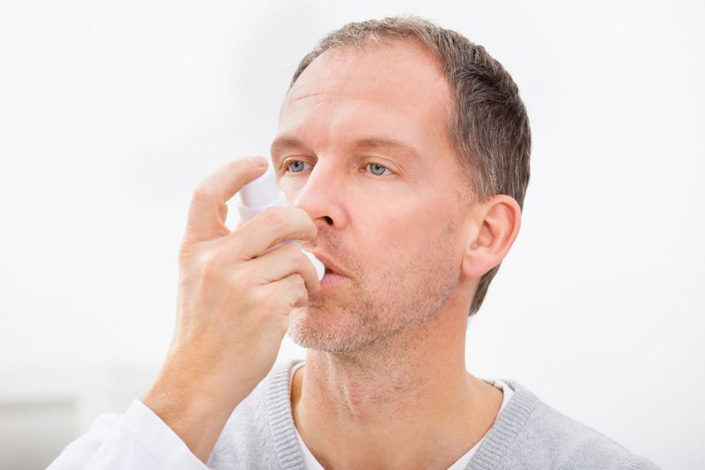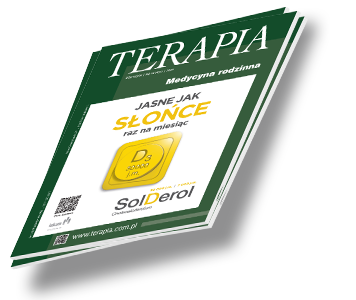Pneumonologia w pandemii COVID-19 Terapia 2021, 1 ( 396 ) : 38 - 45
Strategie poprawy skuteczności terapii inhalacyjnej w leczeniu chorób obturacyjnych
Strategies improving inhalation therapy effectiveness in the treatment of obstructive diseases
W ostatnich 20 latach w terapii chorób obturacyjnych nastąpił ogromny postęp, na który mają wpływ postęp farmakoterapii pozwalający na opracowanie coraz mniejszych cząstek leków oraz rozwój nowoczesnych technik inhalacyjnych.
Z punktu widzenia patomechanizmów zarówno astmy oskrzelowej, jak i przewlekłej obturacyjnej choroby płuc (POChP) kluczowym elementem skutecznej terapii inhalacyjnej jest odpowiednia depozycja płucna leku. Wyższa depozycja w układzie oddechowym przekłada się na wyższą efektywność terapii inhalacyjnej.

Zaloguj się i przeczytaj bezpłatnie całą treść artykułu.
Nie masz jeszcze konta dostępowego?
Zarejestruj się bezpłatnie, a otrzymasz:
* dostęp do wszystkich doniesień oraz pełnych tekstów artykułów naukowych w naszej Czytelni,
* prawo do bezpłatnego otrzymywania newslettera "Aktualności TERAPIA" z przeglądem interesujących i przydatnych wiadomości ze świata medycyny oraz systemu ochrony zdrowia w Polsce i na świecie,
* możliwość komentowania bieżących wydarzeń oraz udziału w ciekawych quizach i konkursach.
Zapraszamy serdecznie, dołącz do naszej społeczności.



Dodaj komentarz